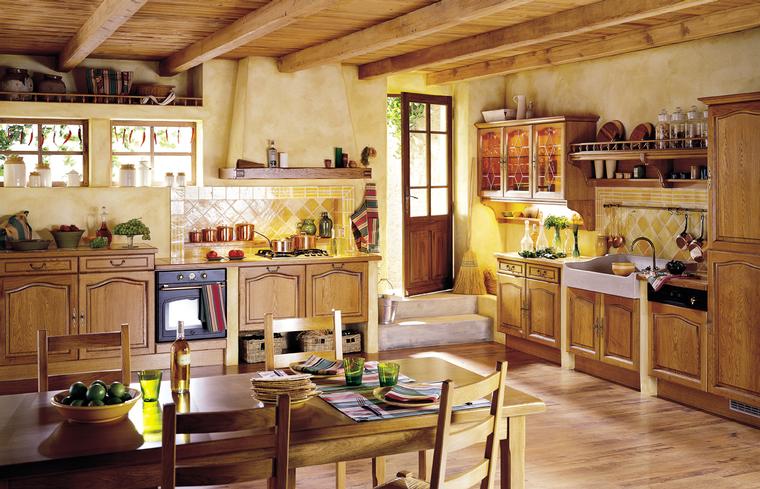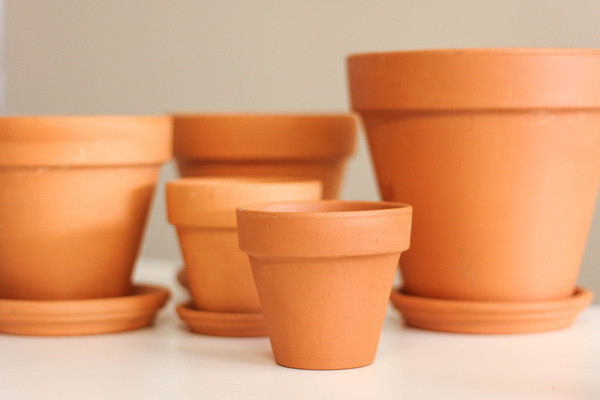
Leaving aside the obvious essentials such as a stove, fridge, sink, pots and knives, etc — without which you don’t have a kitchen, but a college dorm room — here are the Top 12 kitchen tools, appliances, and utensils that you may not own or not realize how useful they are. Starting from the bottom:
12. Tongs
Many people only use tongs when BBQing, but I use mine daily. Turning over baking meats, grabbing baked potatoes, removing hard boiled eggs, or even to slide out the oven rack without having to put on an oven mitt.
11. Bodum Press Pot (french press coffee maker)
To brew the perfect cup of coffee at home you need to use a Bodum. If you drink loose leave tea, it will make that process easier as well. Fresh hot cider, to filter out the spices. Herb infused oils, to catch the bits of herbs.
10. Coffee Grinder
If you want to brew the perfect cup of coffee, a good coffee grinder is more important than the coffee making device. Beans need to be freshly ground and uniform in size. A burr grinder is ideal; even a manual burr grinder is better than a blade grinder, but if a blade grinder is all you have that’s still better than drinking stale grounds. You can also use your grinder to make freshly ground spices — all your recipes will pop. Stale spices are like stale coffee beans or stale anything else. You’ll never buy ground spices again.
Related: How to Brew the Perfect Cup of Coffee
9. Cooling Rack
Baked goods need to be cooled on a cooling rack that keeps it elevated, so it can cool uniformly on all sides and moisture doesn’t collect underneath. Its also the best way to cook bacon: with a cooling rack on top of a cookie sheet baked in the oven. Be sure to get “oven safe” chrome.
8. Pizza Cutter
Try making a pizza at home and then cutting slices with a knife — blerg! Aside from the obvious pizza: pancakes, waffles, french toast, brownies, corn bread, hot dogs, sausages, to name a few. It is also great for de-crusting bread, cutting it into cubes for croutons, etc. With kids (until they are old enough to use a knife) this tool is vital. Any sharp pizza cutter wheel will do the job.
Related: 25 Best Household Hacks
7. Food Scale
If you bake, then you should be weighing your ingredients (no two “cups” will ever weigh the same). If you’re dieting, then you should be weighing your food. The only accurate way to measure food is to weigh it. There are cheaper ones out there, but a reliable Salter food scale for $20 is quite reasonable.
6. Stand Mixer (Kitchenaid)
Whether mixing recipe ingredients or kneading dough, stand mixers are pretty darn handy and will last you a lifetime. Kitchenaid has attachments to juice citrus, slice/shred vegetables, make pasta, grind meat or grains, or make ice cream. While there are other stand mixers on the market, a Kitchenaid stand mixer is the the gold standard.
5. Electric Kettle
Why use an electric kettle over a stove-top kettle? Boils faster, doesn’t take up vital stove space, creates less heat, uses less energy, turns itself off if you forget about it, and makes the easiest hard boiled eggs ever. This Breville electric kettle model has been heating my water flawlessly for years.
4. Crock Pot (slow cooker)
If you’re a busy woman (who isn’t?) and want to “fix it and forget it”, a Crock Pot is simply vital. Uses very little energy, safe to leave the house with it on, almost any savory dish that you prepare in your oven can be adapted for a Crock Pot. If you’re in the market for one, I strongly urge you to consider a Crock Pot with a countdown timer, which is what I use.
Related: Slowcooker Steel-Cut Oatmeal Custard
3. Cast Iron Skillet (frying pan)
Even though pots and pans are ubiquitous in a kitchen, most people either don’t have, don’t use, or don’t know that they need a cast iron skillet. As women we need more iron in our diet than men do, and most women are low in iron without knowing it (yes, you should be getting your iron checked regularly). Simply by cooking with a cast iron pan your food will acquire trace amounts of iron on a regular basis making supplementation unnecessary. When properly seasoned and cared for, it will last not only your lifetime but your great-grand children’s lifetime. Once accustomed to using one, it will become your most used cooking vessel. Pancakes, eggs, sauted vegis, you can even bake dishes in it (such as baked beans). They come in many shapes and sizes, but I consider the standard 12″ cast iron skillet to be essential. Note: even though they usually come pre-seasoned, I would urge you to properly season any new cast iron skillet at home at least 6 times, and never put it in the dishwasher.
2. Digital probe thermometer
There is simply no other way to bake, roast, or BBQ meat than to use a leave-in probe thermometer. You jam the probe into the thickest part of the meat, there’s a thin heat-proof wire that snakes out of the oven door and plugs into the base. You set the temperature that your meat requires (use a meat doneness chart) and it will alert you when its ready. It takes all the worry and wondering out of cooking meat. If you haven’t been roasting your Thanksgiving turkey with one of these, then you are simply working way too hard. I’ve had the same Polder probe thermometer for 8 years and it still works great.
1. Infrared non-contact temperature gun
You might not believe me at first, but this easily the most useful kitchen item that I own. It shoots an infrared laser beam at any surface and instantly tells you the temperature of the surface. If your pan is too hot, the oil with burn/smoke, and burnt oil is carcinogenic as well as gross tasting. You need to know the smoke point of your oil and you simply cannot cook without knowing how hot your vessel is. Good cooks have learned through other means (experience) how to know if their pan is hot enough, whether using the back of their hand to feel the heat, or to toss some water drops, but all these methods are unnecessary with an infrared temperature gun. You can also use it around your home to detect leaks or gaps in doors and windows, check if your central heating/air is operating at the correct efficiency, look for hot/cold spots in your home’s insulation. There are some real cheap ones on the market now, but I’ve had the same Raytek infrared thermometer gun next to my stove for 12 years and it still works flawlessly.
Do you think we left something off the list? Have opinions about any of these? Please leave a comment below.
Reference: Smoke Points of Fats and Oils
| Vegetable Shortening (Hydrogenated) | 325°F |
| Butter | 350°F |
| Coconut oil | 350°F |
| Lard | 375°F |
| Olive Oil | 325°F – 375°F |
| Corn Oil | 400°F – 450°F |
| Grapeseed Oil | 420°F – 428°F |
| Canola Oil | 425°F – 475°F |
| Clarified Butter | 450°F – 475°F |
| Sunflower Oil | 450°F – 475°F |
| Soybean Oil | 450°F – 475°F |
| Safflower Oil | 475°F – 500°F |
Disclaimer: this article may contain affiliate links.

